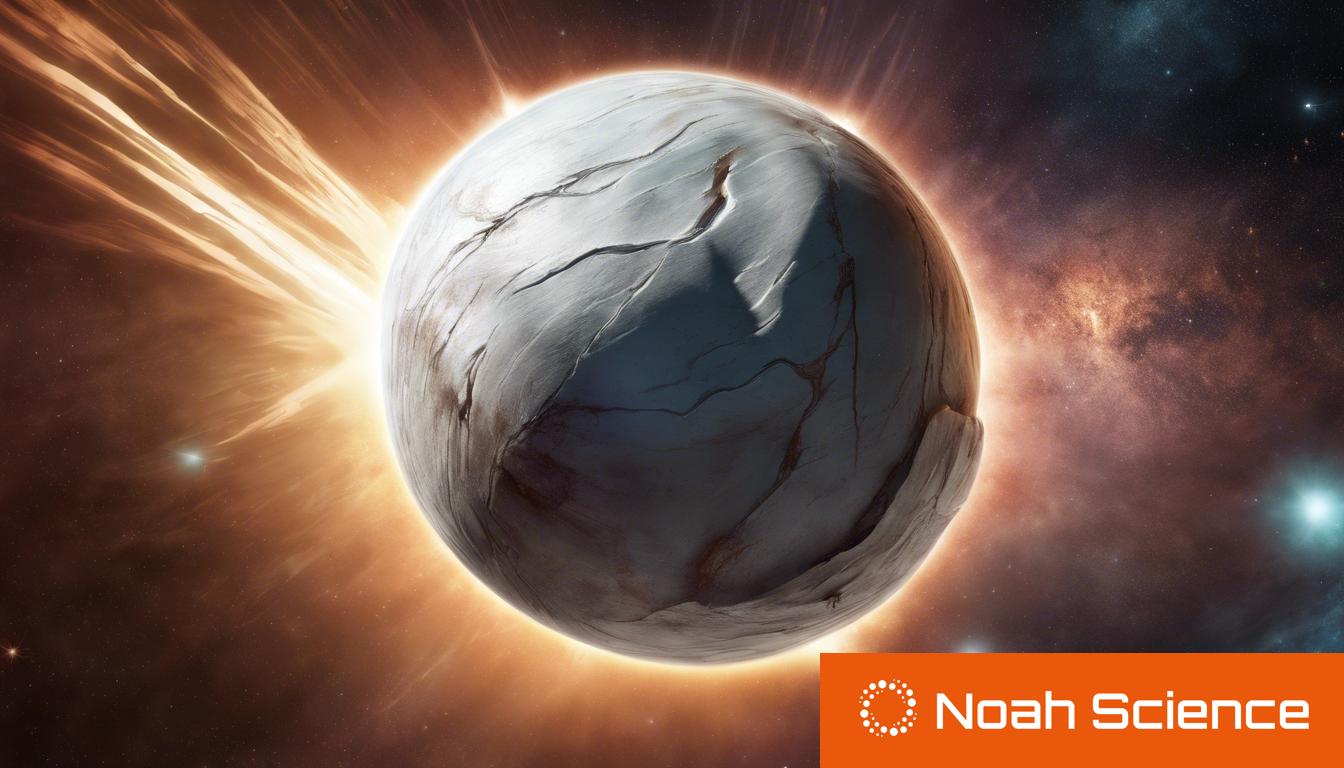A team of astronomers led by Stefano Bagnulo has identified an Earth-sized white dwarf, WD 0816-310, marked by a unique metallic ‘scar’, revealing the remnants of a consumed planetary fragment and offering new insights into the dynamics of stellar evolution.
A team of astronomers has discovered an Earth-sized white dwarf star, designated WD 0816-310, exhibiting a unique metallic “scar” on its surface. This remarkable finding provides evidence of the star’s past consumption of planetary material. Previously larger than our Sun, WD 0816-310 has dwindled to the size of Earth, with the metallic scar believed to be the remnants of a planetary fragment, potentially as large as the asteroid Vesta.
This discovery, originating from research led by Stefano Bagnulo of the Armagh Observatory in Northern Ireland and detailed in ‘The Astrophysical Journal Letters,’ illustrates how the star’s magnetic field plays a pivotal role in capturing and holding planetary debris on its surface. The metal concentration creates a shadowy surface structure that covers an extensive area of the star, offering new insights into the interactions between white dwarfs and their surrounding planetary systems.
The researchers suggest that the planetary material was tidally shredded as it neared the white dwarf, a process highlighted by Professor Jay Farihi from University College London. The identification of this process and the observation of metal concentrations changing with the star’s rotation underscore the magnetic field’s influence in guiding and sustaining these remnants.
This groundbreaking study not only sheds light on the fate of planetary systems around white dwarfs but also opens new avenues for exploring the composition of exoplanets and understanding the dynamics of stellar evolution and planetary destruction.













